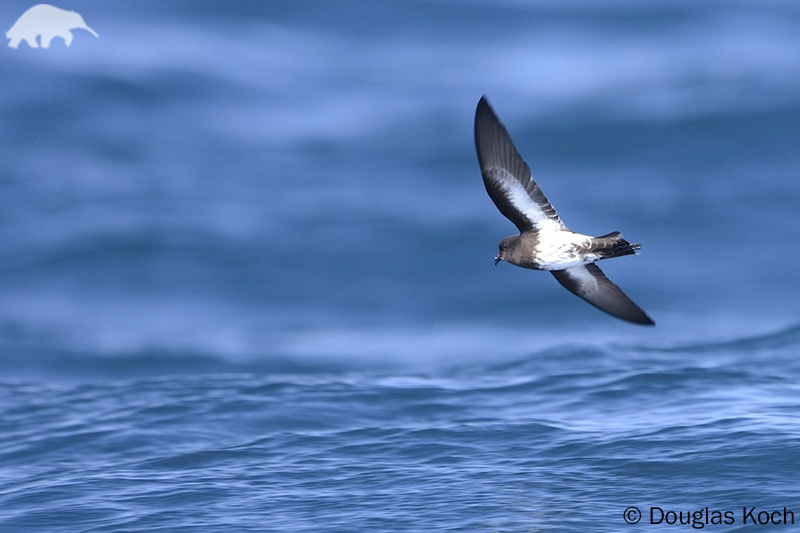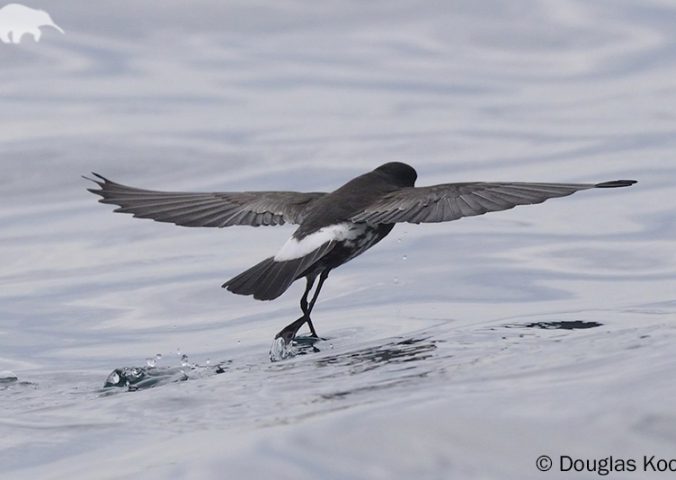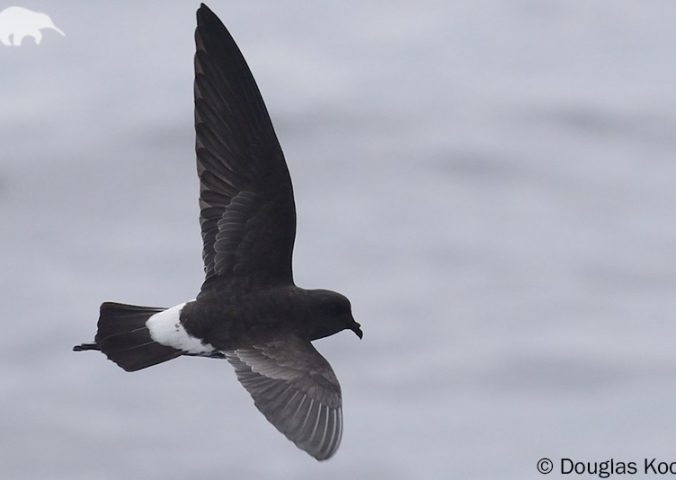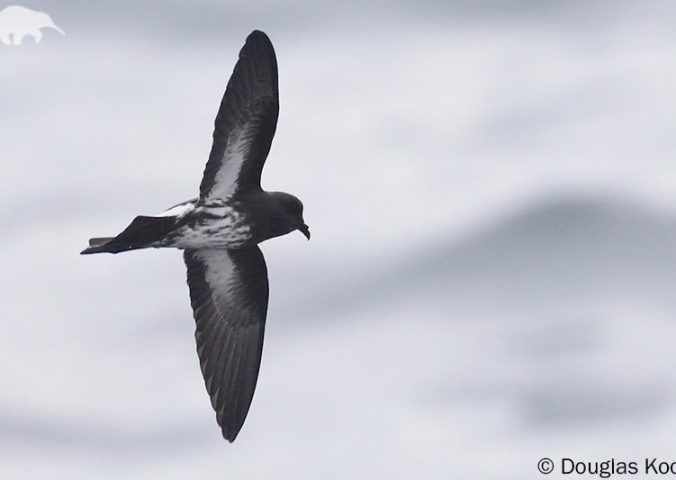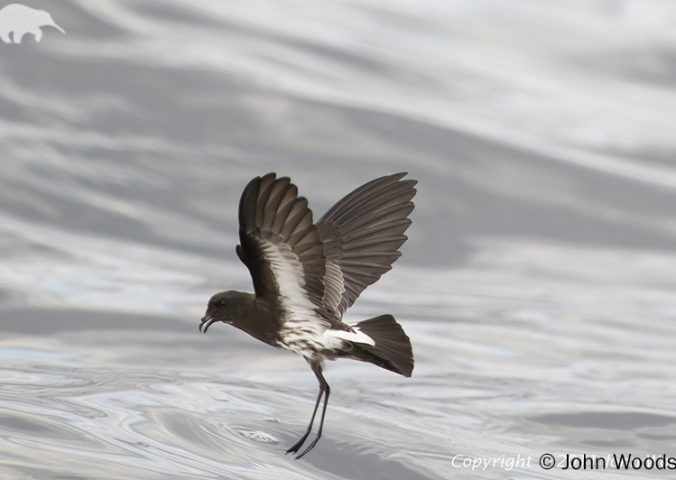About
This endemic New Zealand bird is one of the world’s smallest seabirds, weighing just 35g, despite belonging to the same order as the largest; the wandering albatross.
The species was thought to be extinct, but in 2003 an individual was spotted off the coast of the North Island and sightings have been recorded every summer since. However, the species was only ever seen at sea and the location of its breeding grounds eluded researchers for years. Finally, in early 2013, following the removal of rats and cats and the subsequent benefit seen in the New Zealand Storm-petrel, the breeding sites were discovered by researchers on Little Barrier Island. This important breakthrough will enable conservationists to learn more about this little-known species and develop comprehensive plans to safeguard the future of the species.
- Order: Procellariiformes
- Family: Oceanitidae
- Population: > 50
- Trend: decreasing
- Size: 17cm
- Weight: 35g
EDGE Score
Distribution
Hauraki Gulf Marine Park off the North Island of New Zealand. It is thought to be migratory due to its absence from the marine park form June to November, although where it spends the winter seasons is as yet unknown.
Habitat and Ecology
This species is mainly pelagic, spending the majority of its life on the open sea. The recently-discovered breeding ground was found in a forested area on an offshore island. Little is known about the species preferred wintering habitat or its ecology, but it is thought to behave in a similar manner to other storm-petrels. It most likely feeds on crustaceans and plankton, but is also attracted by chum slicks, made up of fish scraps and oil.
